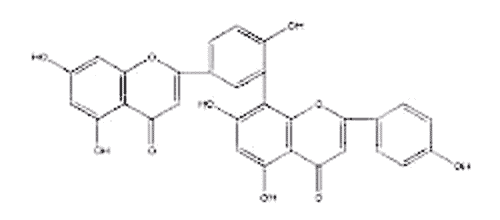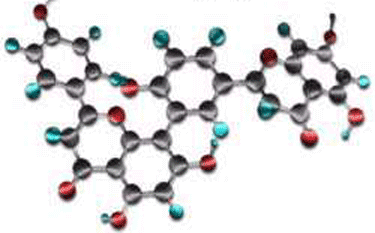What molecule am I?


Anandamide (aka N-arachidonylethanolamide) is a natural product found in many animal tissues, as well as in some plants. Its structure and existence in the body led to it being termed an endocannabinoid; it was the first one to be discovered.
In 1992, noted cannabinoid chemist Raphael Mechoulam and collaborators at Hebrew University (Jerusalem), the University of Aberdeen (UK), and Technion-Israel Institute of Technology (Haifa) isolated anandamide from mouse brains. Three years later, Cecilia J. Hillard and colleagues at the Medical College of Wisconsin (Milwaukee) described how anandamide activates cannabinoid receptors in the rat brain via its hydrolysis to arachidonic acid1 and ethanolamine2.
In 2012, Mary E. Abood and co-workers at Temple University (Philadelphia) showed how anandamide and the similar endocannabinoid virodhamine3 interact with endocannabinoid receptors in the body to reduce inflammation. Specifically, they demonstrated that the G protein–coupled receptor 55 (GPR55) is the endocannabinoid target, not cannabinoid receptor type 1 (CB1) or type 2 (CB2), as had been suspected.
The common names anandamide and virodhamine are derived from Sanskrit. In that ancient language, ananda means “happiness” or “joy”. Virodha means “opposition” or “resistance”. According to our reader who suggested anandamide, these “endogenous molecules trigger happy and angry or unhappy moods, respectively.”
1. CAS Reg. No. 506-32-1.
2. CAS Reg. No. 141-43-5.
3. CAS Reg. No. 287937-12-6.
Anandamide hazard information
| Hazard class* | GHS code and hazard statement |
|---|---|
| Not a hazardous substance or mixture** |
*Globally Harmonized System (GHS) of Classification and Labeling of Chemicals.
**Most safety data sheets give this designation; but at least one reports swallowing, skin irritation, eye irritation, and respiratory irritation hazards.
MOTW update
Cannabidiol1 (CBD) was the Molecule of the Week for February 6, 2017. It is frequently used for pain relief; and in 2018, the US Food and Drug Administration approved it for treating epileptic seizures. Recent studies showed that CBD can attenuate heart injury caused by perfluorooctanesulfonic acid (PFOS) exposure and can inhibit the proliferation of prostate cancer cells.
Although CBD has FDA approval for treating seizures, its mechanism of action was unknown until this month, when Pedro Martín and co-workers at the National University of La Plata (Argentina) reported how it works. In a rat study, the researchers found that CBD inhibits the BK channel1, which plays a role in the neuronal action potential’s repolarization.
1. BK stands for “big potassium”; short for the large-conductance voltage-gated and calcium-operated potassium channel.
This molecule was suggested by a reader. We present almost all of the molecules suggested by our readers. If you have a molecule you would like us to consider, please send us a message. And thank you for your interest in Molecule of the Week! —Ed.
Anandamide fast facts
| CAS Reg. No. | 94421-68-8 |
| SciFindern name | 5,8,11,14-Eicosatetraenamide, N-(2-hydroxyethyl)- |
| Empirical formula | C22H37NO2 |
| Molar mass | 347.54 g/mol |
| Appearance | Light yellow oil |
| Boiling point | 522 °C (predicted) |
| Water solubility | 0.4 mg/L (25 °C) |

Learn more about this molecule from CAS, the most authoritative and comprehensive source for chemical information.
Molecule of the Week needs your suggestions!
If your favorite molecule is not in our archive, please send us a message. The molecule can be notable for its current or historical importance or for any quirky reason. Thank you!
Stay Ahead of the Chemistry Curve
Learn how ACS can help you stay ahead in the world of chemistry.

